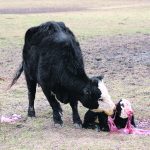Understanding the three stages of the bovine birthing process helps producers evaluate when or if they need to provide aid during calving. “In general, producers have an intuitive sense as to the pathway to parturition. As a consulting veterinarian, I like to break that down into well-defined steps or stages so it’s more clearly defined […] Read more
 Livestock Management
Livestock Management
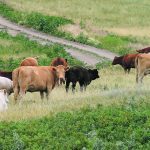
Frozen: Sask Crown pastures rates
SASKATOON — Saskatchewan agriculture minister David Marit announced Crown pasture lease rates have been frozen at 2022 levels for 2023. He also announced that lessees who have to decrease their stocking rate due to dry conditions will be eligible for reduced rent of up to 50 percent. He told the Saskatchewan Beef Industry Conference that […] Read more
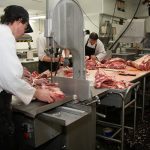
Small U.S. meat packers receive more funding from gov’t
CHICAGO, Ill. (Reuters) — U.S. president Joe Biden’s administration said last week that it was awarding another $12 million in grants to upgrade and expand three meat and poultry processing facilities in the U.S. Midwest as part of a broader $1 billion effort to encourage competition in a highly consolidated industry. The three projects, funded […] Read more
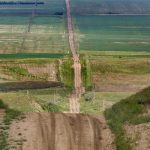
Forage rejuvenation pays off
SWIFT CURRENT, Sask. — Escalating land prices mean cattle producers must pay attention to the productivity of their forage stands. University of Saskatchewan economic researcher Kathy Larson said land prices in southwestern Saskatchewan have quadrupled in the last 10 years. The price per acre was $321 in 1996, rose to $506 in 2011 and in […] Read more
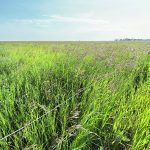
More emphasis on nitrogen can benefit forage stands
SWIFT CURRENT, Sask. — A project looking at 4R nitrogen management in forage stands found nitrification inhibitors will boost yields and reduce nitrogen losses, but results will depend on rain. Jordan Johnson, livestock and feed extension specialist at Saskatchewan Agriculture, said forage productivity declines over time and, like any other crop, will benefit from fertilizer. […] Read more
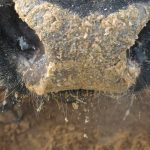
Researchers launch feed testing survey
SWIFT CURRENT, Sask. — Researchers are surveying western Canadian producers to find out how often they test their feed. Funded by the Beef Cattle Research Council and Saskatchewan’s Agriculture Development Fund, the survey hopes to reach 500 cow-calf producers. Kathy Larson from the University of Saskatchewan is leading the project with Emma Stephens from Agriculture […] Read more
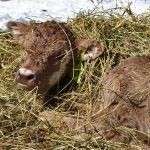
Deer liver fluke can damage liver in fetus, newborn calf
There are several liver flukes that can affect cattle, and although they are not a common parasite in Western Canada, producers and veterinarians should be aware that they can occur. The most common liver fluke in Western Canada is the giant liver fluke, which is also known as the deer liver fluke. Its scientific name […] Read more

China’s 2022 pork output rises to highest in eight years
(Reuters) - China’s pork output in 2022 increased by 4.6 percent from 2021 to reach its highest since 2014, official data showed on Tuesday, confounding some expectations for a smaller rise. Pork output in the world’s top producer of the meat reached 55.41 million tonnes, the highest since 56.71 million tonnes recorded eight years ago. The 2022 output compared with […] Read more
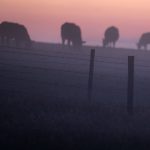
China’s ban on Canadian beef remains
It’s been more than a year since China imposed a ban on Canadian beef imports following a case of atypical BSE in a central Alberta cow and there are no signs as to when it might be lifted. Unlike the classic variant of the neurological disorder, which is largely connected to contaminated feed, atypical BSE […] Read more

Ag Canada research shifts away from production
Agriculture Canada scientists have, historically, spent their time on things like improving yields, crop diseases and livestock feed efficiency. Mostly ag production and risks to production. Now, their top priorities should be sustainable agriculture and climate change, said Agriculture Canada’s Strategic Plan for Science, a document released last fall. “In an increasingly complex and intertwined […] Read more

 Livestock Management
Livestock Management